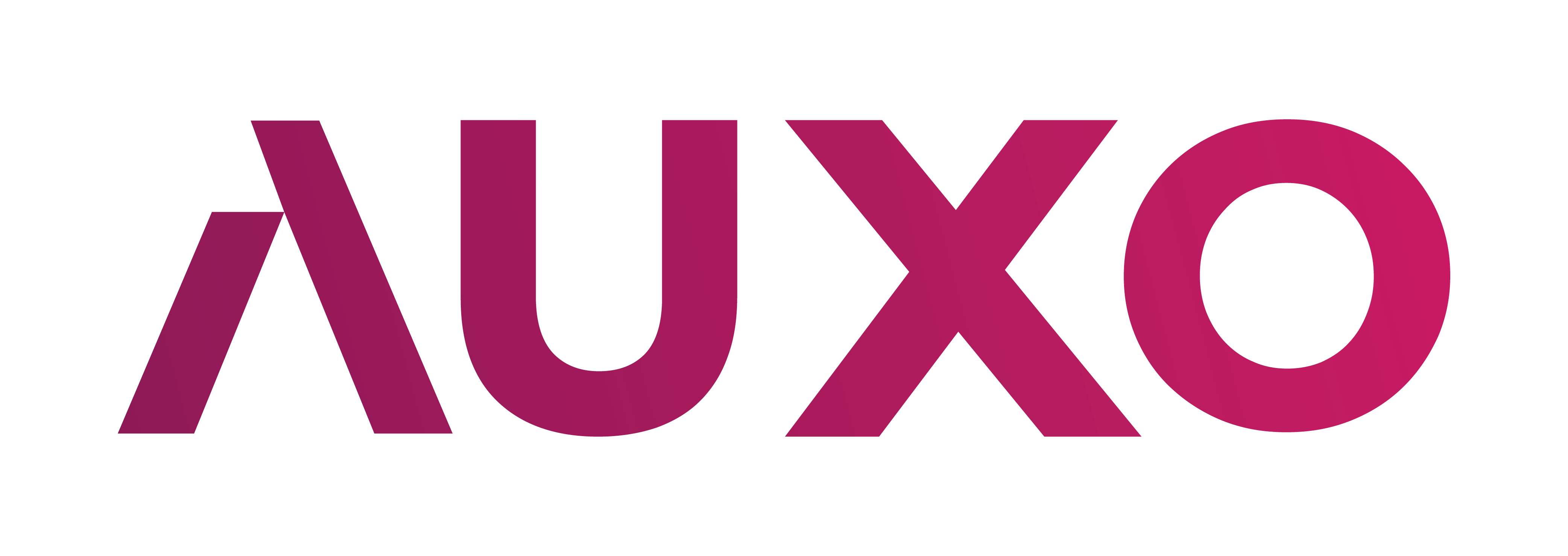The world of web design is dynamic, continuously adapting to advancements in technology and changing user expectations. As we approach 2025, websites are becoming more than just digital brochures—they are interactive platforms that drive conversions and represent the face of a business. Whether your site is built on WordPress, Shopify, or another platform, embracing the latest trends can ensure it functions as an effective shop window to your business, attracting visitors and nurturing them into loyal customers.
Here are the web design trends to watch in 2025, focusing on the importance of websites and how businesses can leverage innovations like AI integrations, advanced plugins, and tools like Elementor for exceptional website development.
The Continued Rise of AI Integrations in Web Design
Artificial intelligence (AI) is revolutionising the way websites are built and managed. In 2025, AI integrations are set to become even more sophisticated, providing website owners with tools to personalise user experiences, streamline operations, and improve customer interactions. AI-driven chatbots, for instance, will become an essential part of website development, offering instant support to visitors and reducing the need for manual intervention and nurturing sales and leads without any input.
AI can also play a significant role in analysing user behaviour to improve conversion rate optimisation (CRO). By gathering data on how visitors interact with a site, AI tools can provide actionable insights for tweaking page layouts, improving CTAs (calls to action), and refining content strategies.
For businesses looking to stay ahead, integrating AI features into platforms like WordPress and Shopify will be key to offering seamless and engaging user experiences.
Emphasis on Conversion Rate Optimisation (CRO)
In the increasingly competitive digital landscape, websites must not only look good but also perform effectively. Conversion rate optimisation is becoming a central focus for website development, ensuring that every element of a site—from the homepage to the checkout/ lead submission process—is designed to convert visitors into customers.
In 2025, expect to see web designs that prioritise user journeys with simplified navigation, faster load times, and strategic placement of CTAs. CRO best practices will influence everything from form design to product page layouts, particularly on e-commerce platforms like Shopify. Leveraging advanced plugins, heatmaps, and A/B testing tools, designers can fine-tune websites to maximise conversions.
The Growing Importance of WordPress and Shopify Plugins
WordPress and Shopify remain two of the most popular platforms for website development, largely due to their customisability and extensive libraries of plugins. In 2025, the trend will lean towards using highly specialised plugins that enhance website functionality, improve SEO, and boost user engagement.
For WordPress users, tools like Elementor will continue to dominate the market, offering drag-and-drop page building with unparalleled flexibility. Meanwhile, Shopify will introduce more robust plugins tailored for e-commerce, enabling businesses to streamline inventory management, integrate payment gateways, and offer tailored customer experiences.
Using the right plugins can make the difference between a basic website and one that serves as a true shop window to your business. However, with thousands of plugins available, choosing the best ones for your specific needs will remain crucial.
Minimalist Yet Engaging Designs
Minimalism in web design is far from a new trend, but in 2025, it will take on a more interactive and functional form. Websites will use clean layouts with bold typography, ample white space, and subtle animations to guide users’ attention to key elements. The aim is to reduce distractions while maintaining a visually engaging experience.
This minimalist approach ties directly to the concept of the website as a shop window. Just as a clean, uncluttered physical shop attracts more foot traffic, a streamlined website can drive more engagement. For e-commerce businesses on platforms like Shopify, this translates to simplified product pages and checkout processes, all while ensuring fast load times and mobile optimisation.
The Integration of Advanced Page Builders Like Elementor
Elementor has already made a name for itself as one of the leading page builders for WordPress, and its influence is expected to grow in 2025. With its user-friendly interface and powerful customisation options, Elementor allows businesses to create high-performing websites without needing extensive coding knowledge.
Incorporating tools like Elementor into website development enables businesses to craft tailored pages that align with specific goals, whether it’s showcasing a product, promoting a service, or driving conversions. The ability to quickly test and implement new layouts or designs makes it an invaluable asset for businesses aiming to stay agile in a fast-changing digital landscape.
Enhanced E-Commerce Experiences
For businesses in the e-commerce space, 2025 will bring a renewed focus on creating immersive shopping experiences. Shopify will lead the charge with features that cater to personalisation and seamless integration of third-party apps. Tools that enable augmented reality (AR) previews or AI-driven product recommendations will become standard for competitive websites.
E-commerce design will also heavily emphasise trust-building elements, such as user reviews, secure payment icons, and clear return policies, ensuring that customers feel confident throughout their shopping journey. By combining these features with strategic CRO practices, businesses can turn their online stores into thriving hubs for sales and engagement.
Prioritising the Mobile Experience
With mobile traffic continuing to dominate, responsive design will remain a non-negotiable aspect of web development in 2025. Designers will move beyond simply ensuring websites look good on smaller screens to creating mobile-first experiences tailored for the unique behaviours of mobile users.
For example, mobile-friendly designs may prioritise tap-friendly navigation, quick access to essential features, and fast-loading pages. Platforms like Shopify and WordPress already offer mobile-optimised themes, but businesses must take it a step further by testing their designs extensively on various devices.
Interactive and Personalised Content
Websites in 2025 will increasingly use personalised content to engage users. By leveraging AI and behavioural data, businesses can create dynamic websites that adapt to individual users’ preferences. For instance, a visitor returning to a Shopify store might see product recommendations based on their browsing history, or a service business might display location-specific landing pages tailored to the user’s region.
Interactive elements, such as quizzes, polls, or animations, will also play a key role in keeping visitors engaged. These features encourage users to spend more time on a site, improving overall conversion rates.
Conclusion: The Website as the Shop Window to Your Business
As digital competition intensifies, the importance of websites cannot be overstated. A well-designed website serves as the ultimate shop window to your business, showcasing your offerings and drawing customers into your brand’s story. By embracing trends like AI integrations, advanced plugins, and conversion-focused designs, businesses can ensure their websites remain relevant, engaging, and effective in 2025.




